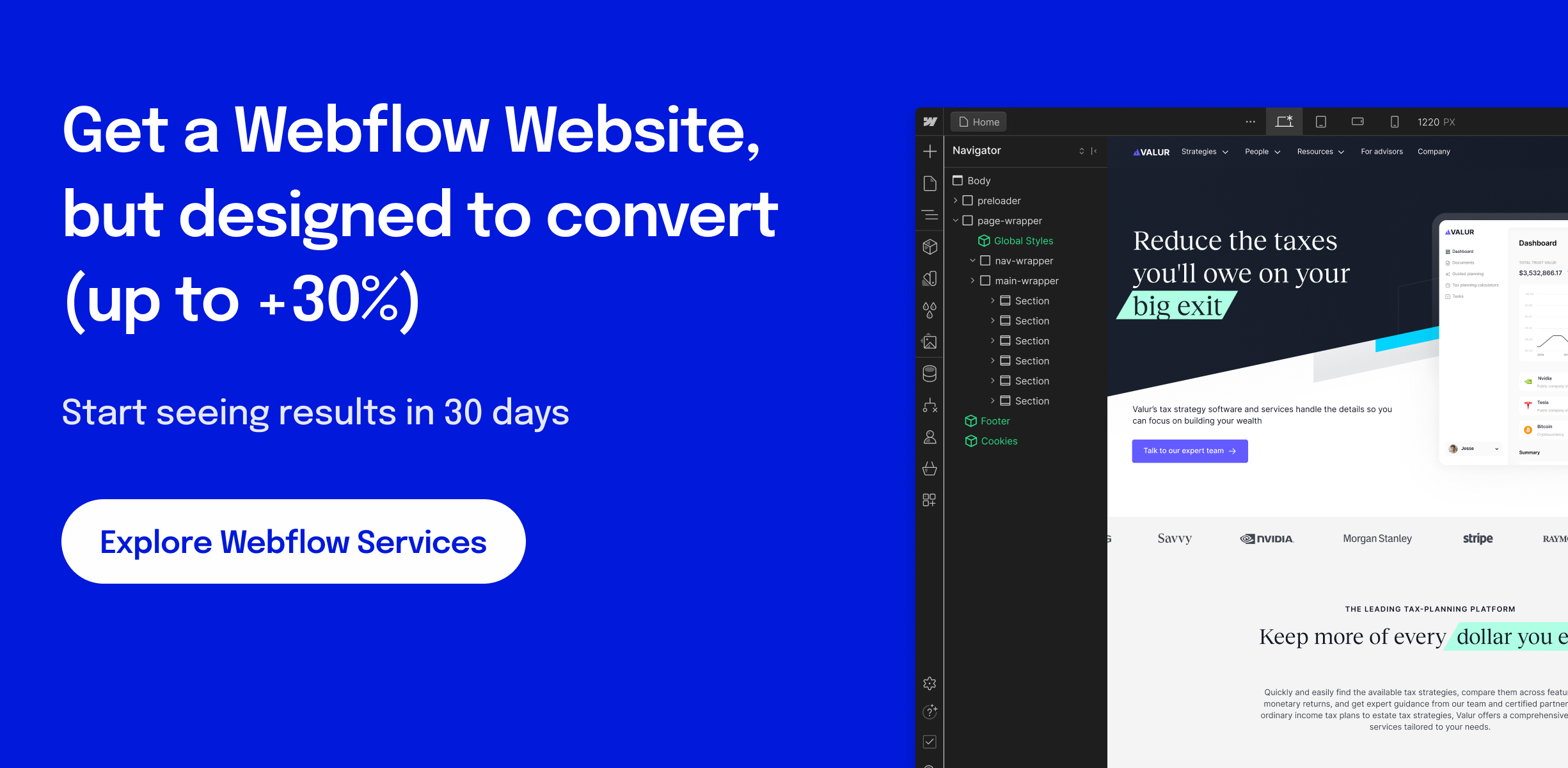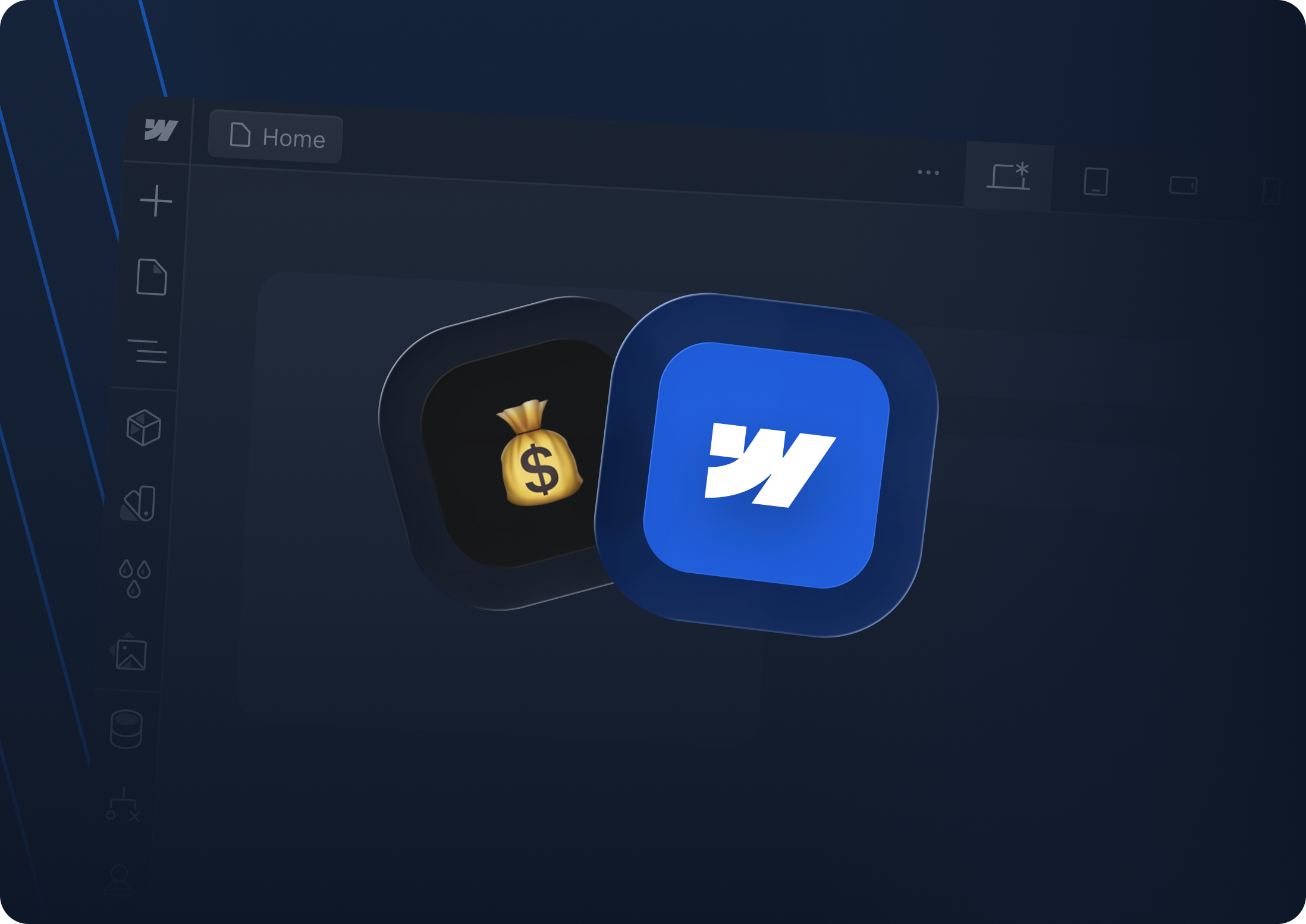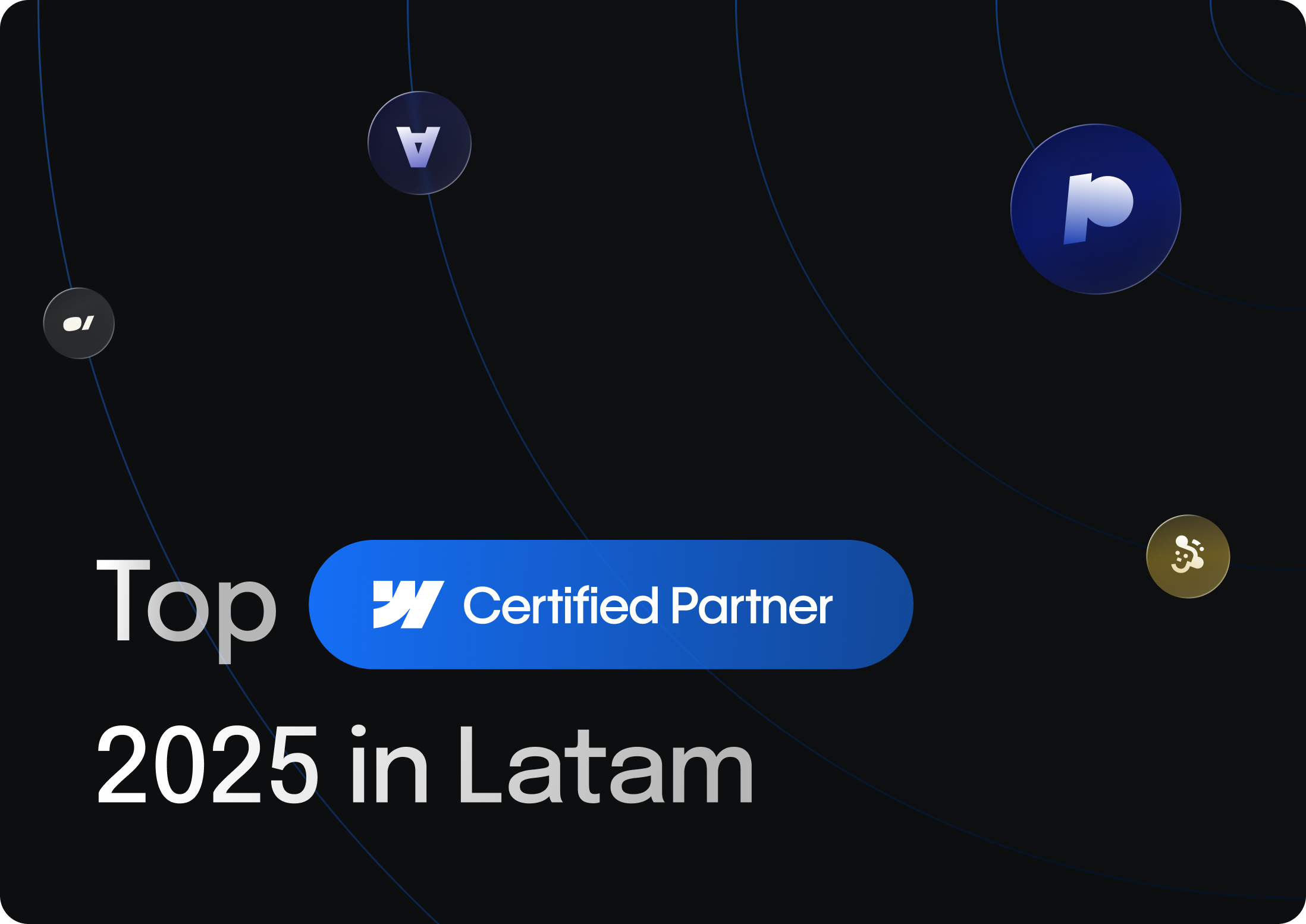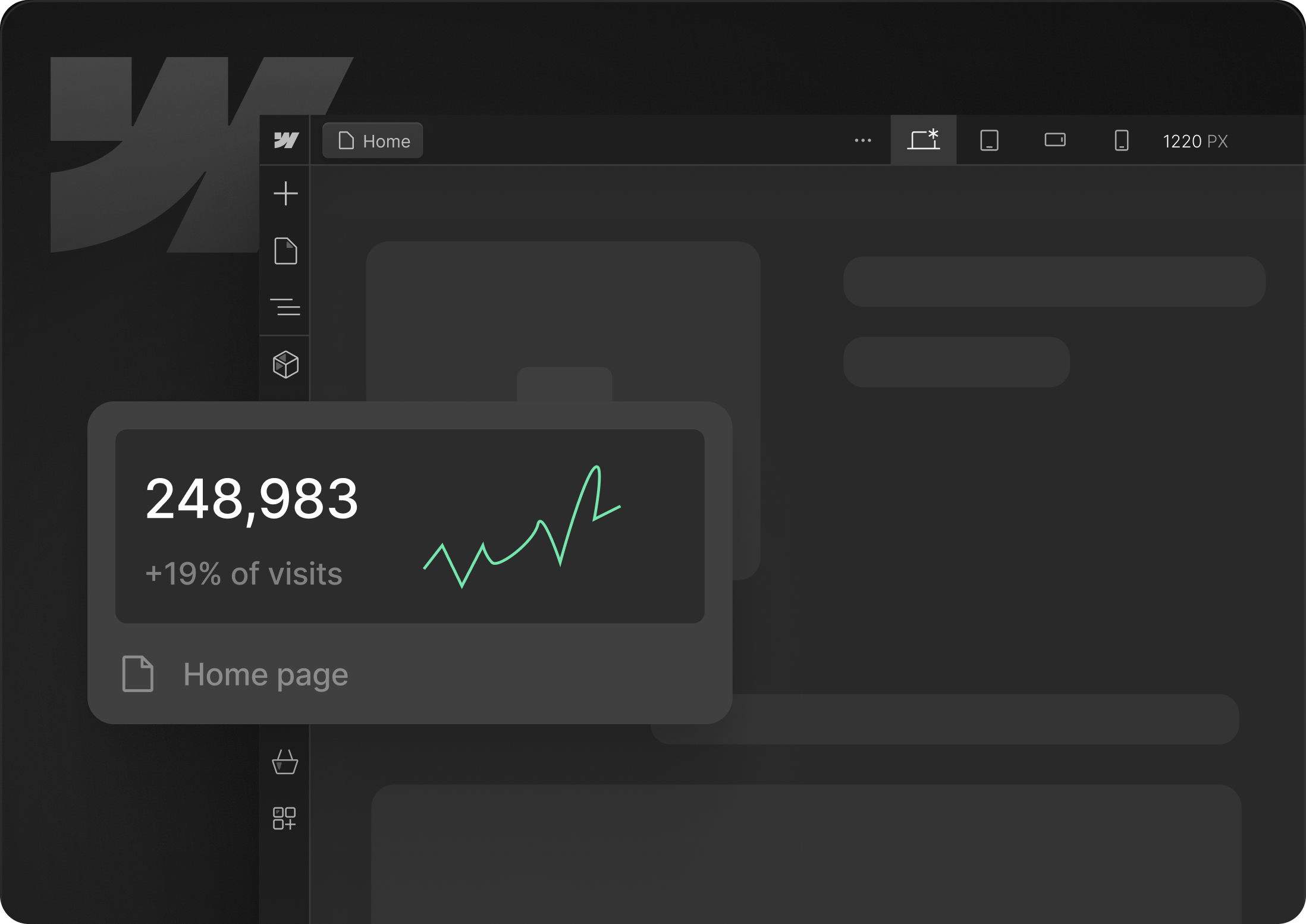Introduction to Webflow developer costs
Estimating the cost of a Webflow developer isn’t just about checking hourly rates—it’s about aligning expertise, project scope, and timeline with your business goals. As Webflow’s popularity grows, so does the diversity of developers offering their services. Whether you’re a startup looking for a lean build or an enterprise in need of advanced integrations, understanding the market landscape is crucial.
In 2025, competitive demand has driven rates upward, but it has also improved service quality and specialization. From custom animations to CMS-driven platforms, the complexity of potential deliverables has expanded. This guide will help you navigate these choices and set realistic expectations for your budget.
What drives Webflow developer rates?
Choosing the right Webflow developer can make or break your online project. Beyond your budget, it affects timeline, quality, and long-term maintainability. In this guide, we’ll break down everything from experience levels to project complexity so you can plan with confidence.
Several core factors determine how much you’ll pay for Webflow expertise:
- Experience and specialization.
A junior Webflow designer may charge $30–$50 per hour, while a senior developer with advanced JavaScript or CMS integration skills can command $100–$150+ per hour. - Project complexity.
Simple landing pages are at the lower end of the scale. Building a full-featured e-commerce site, with custom animations and third-party integrations, pushes rates toward the higher bracket. - Geographic location.
Developers in North America and Western Europe typically charge more than those in Latin America or Asia, though rising regional standards are narrowing the gap. - Agency vs. freelancer.
Agencies often bundle design, development, and post-launch support into packaged rates. Freelancers may offer more flexibility but require clearer scope definitions to avoid budget overruns.
Pricing models: hourly vs. fixed
Hourly billing offers transparency when project requirements are fluid, but it can lead to unpredictability if scope creeps. You pay for every iteration, revision, or extra set of eyes on your project.
Fixed-price contracts lock in your budget at the outset. They work best when you have well-defined deliverables—wireframes, design mockups, content outlines—and clear milestones for development and testing.
Balancing flexibility and cost certainty often means combining both: an initial fixed fee for a discovery and design sprint, followed by an hourly arrangement for ongoing enhancements.
Typical project budgets
- Small brochure site (3–5 pages):
$2,500–$7,000 total. Ideal for startups testing market waters or solopreneurs validating ideas. - Medium business site (6–15 pages with animations):
$7,000–$20,000. Suits growing businesses that need stronger branding and lead-generation tools. - Complex builds (e-commerce, membership, API integrations):
$20,000–$50,000+. For enterprises or high-scale startups requiring robust functionality and performance.
Every project is unique; these ranges should serve as starting points for conversations with your development partner.
How to choose the right developer or agency
Evaluate candidates by:
- Portfolio relevance. Look for past projects similar to yours in style, scale, and functionality.
- Technical stack. Ensure they have proven experience with Webflow’s CMS, e-commerce, and any needed integrations (e.g., Zapier, HubSpot).
- Communication style. Regular updates, clear timelines, and proactive problem-solving are non-negotiable.
Ask for references and, if possible, speak directly with former clients to verify delivery speed and post-launch support.

Tips to optimize cost and maximize value
To keep your Webflow project on budget, start by defining your absolute must-haves versus the “would-be-nice” features. By mapping out priorities early—whether it’s custom animations, CMS-driven pages or third-party integrations—you minimize the risk of scope creep and unexpected expenses. At the same time, consider customizing a high-quality Webflow template rather than designing entirely from scratch; this approach can shave off significant design hours while still delivering a unique look.
Another way to stretch your investment is to bundle complementary services—such as SEO strategy, content planning and ongoing maintenance—with the same provider. A unified team can optimize workflows, prevent miscommunications, and often negotiate a more favorable rate. Finally, plan for post-launch updates and performance checks: allocating a small monthly retainer for maintenance helps you avoid costly fixes down the road and keeps your site running smoothly as your needs evolve.
Why Polonio is your go-to Webflow developer in LATAM and Argentina
When you search for a reliable Webflow partner in LATAM or Argentina, Polonio delivers local insight with global credibility. Based in Buenos Aires and trusted by leading companies and startups backed by Y Combinator, our team understands the nuances of Latin American markets—from language and cultural preferences to regional hosting and payment integrations. This unique positioning means faster turnaround times, sharper local SEO performance, and a seamless development experience that aligns with your business rhythms.
Across industries such as fintech, e-commerce, healthcare, education and SaaS, Polonio has crafted high-impact Webflow solutions tailored to each sector’s challenges. We specialize in landing pages built to convert and end-to-end product design, underpinned by AI-driven workflows that automate repetitive tasks, personalize user journeys and surface data-backed insights. Every deliverable is optimized to boost your ROI—combining design thinking, performance analytics and intelligent automation so your investment turns into measurable growth.







